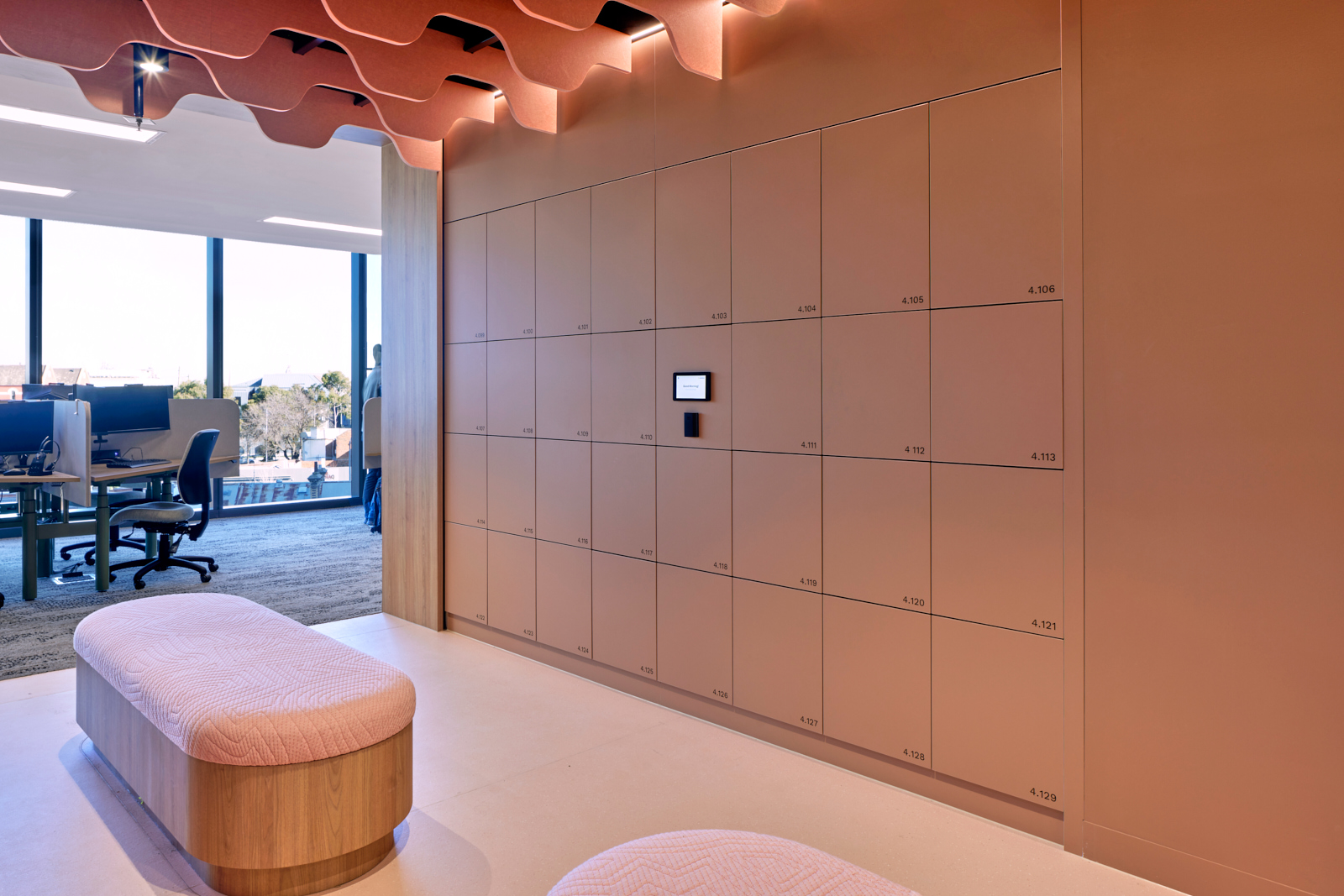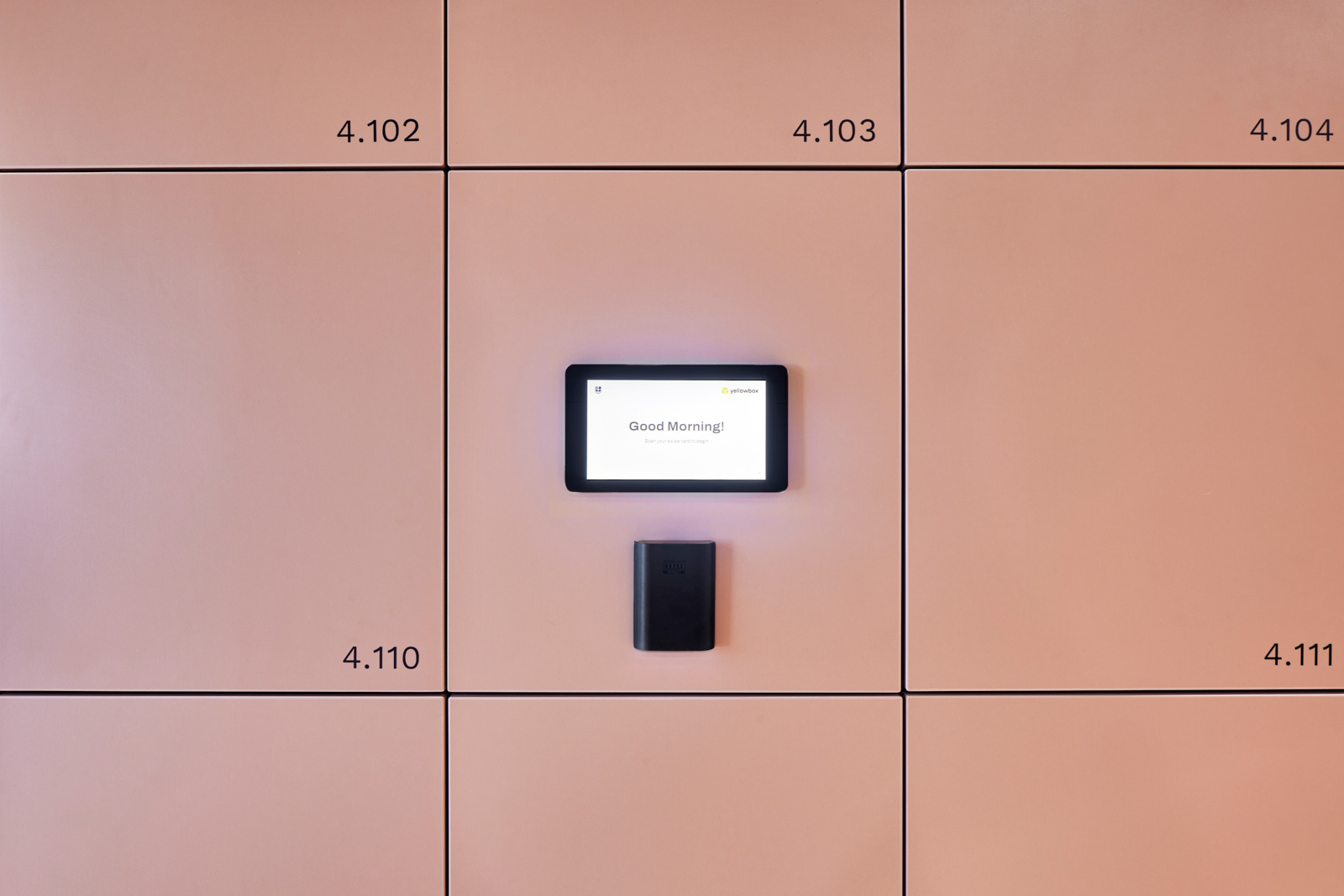Now over 2.5 years since COVID-19, workplaces have developed new working norms that establish flexible and hybrid work as a sustained feature of the modern workplace, rather than a pandemic response.
Hot desking has become a typical component of the modern workplace. Driven by a clear shift towards a hybrid working model, in which 74% of companies are transitioning into. Research shows that desks in offices are empty almost 60% of the time (Global Workplace Analytics).
The benefits of hot desking are clear:
- Reduced costs of running the office (estimated at around 30%).
- Saving of floor space (estimated at 15-25%).
- Greater collaboration and social culture between employees.
- Accommodates for remote employees, consultants, part-timers, interns.
- Disperses hierarchy within the office.
Although there are three key drawbacks that need to be overcome to reduce friction and manage change.
Loss of employee homebase
Employees have previously found comfort and security from their own permanent desk and cabinet. In any transition to a hot desking model, employees need a homebase, e.g. a storage locker, to supplement the loss of secure space. The need for storage lockers is more critical given the unpredictability of who is in the office and general access to hot desking areas.
Increased uncertainty for employees
Employees will now have multiple decisions and unknowns before each work week, from deciding on which days to come into work (typically based on team) and not knowing if there is an available seat for them when in the office. Multiple workplace management platforms exist to co-ordinate teams and book desks. This will reduce any anxiety caused from increased uncertainty within the employee user journey.
IT configuration
Permanent desks meant that desktop computers could be setup along with phone lines – setup for the relevant employee. Employee technology needs to be flexible with laptops that can be plugged into available monitors. Investment into appropriate IT resources is important in enabling hot desking.
The transition to hot desking is a form of change management that will create friction within the workplace. It is critical within a workplace change management strategy to keep employees informed and provide the necessary resources for them to thrive within a hot desking model, e.g., storage lockers, flexible technology, and platforms to co-ordinate office days.
























